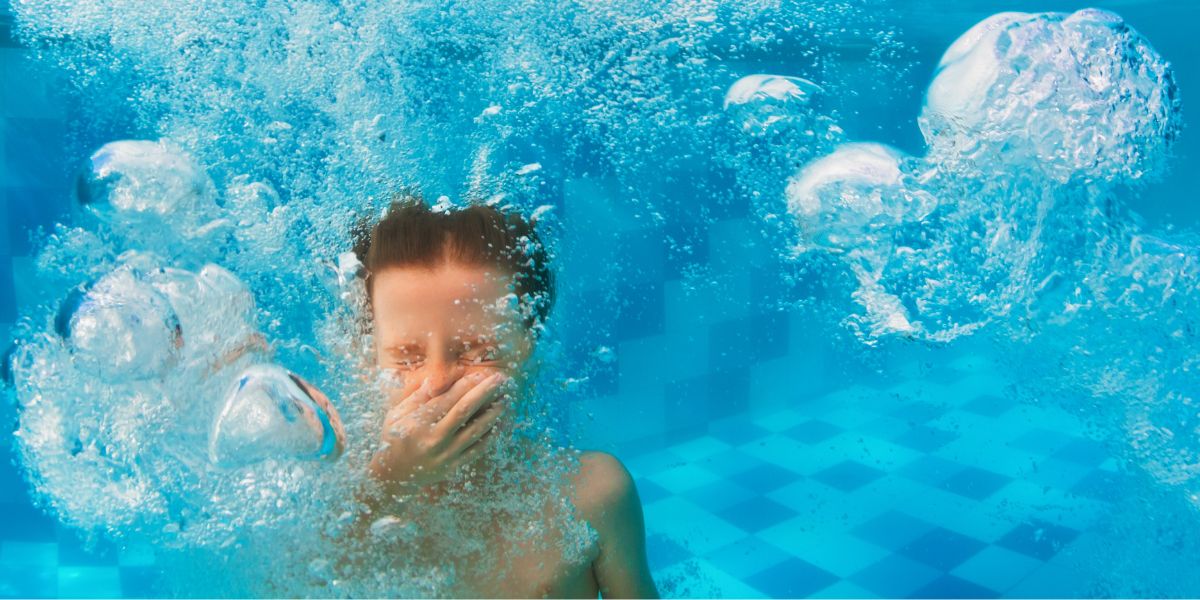
Hypoxic blackout happens when a person loses consciousness underwater due to a lack of oxygen. This is often caused by intentional hyperventilation and holding your breath underwater.
Although it’s also known as ‘shallow water blackout,’ hypoxic blackout can happen at any depth when oxygen is depleted.
Every year, several Australians drown from hypoxic blackout in swimming pools and from free diving in open water. The risk can be reduced by avoiding hyperventilating before submersion and not holding your breath too long underwater.
The effects of hyperventilation
Hyperventilation refers to irregular, rapid and deep breathing which lowers carbon dioxide levels and blood supply to the brain and can result in lightheadedness, numbness and even loss of consciousness.
As CO₂ naturally builds up in the body it triggers a strong urge to breathe, called the ‘breakpoint.’ Hyperventilation can override this instinct and delay the need to take a breath. The person may then run out of oxygen, causing the swimmer to black out.
How to prevent hypoxic blackout
- Avoid hyperventilating before going underwater.
- Limit breath-holding exercises and skip “lung busters.”
- Don’t overestimate your swimming ability.
- Always swim with a friend, especially when free diving in open water.
- Recognise that conditions such as heart disease or epilepsy increase risk.
- Call for help immediately if someone is found unconscious underwater.

